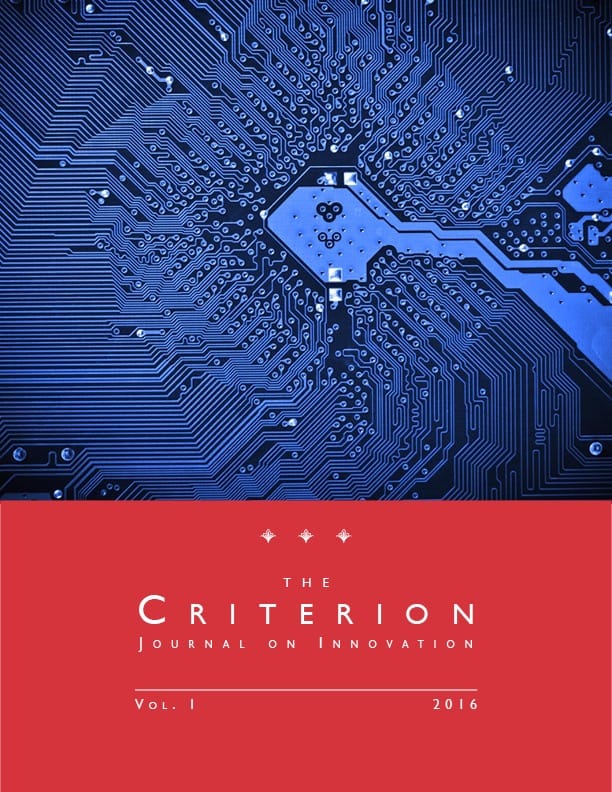A Crib Sheet for Contracts Profs
Purchase a reprint version of the Article (Amazon) | Read the Article (PDF) | Download the Article (PDF) Download the Article (PDF)A generation ago, Judge Posner bemoaned the mismatch of the facts as presented in judicial opinions with the actual facts, and argued that this had adverse consequences for the development of doctrine:
“If factual uncertainty is disproportionately characteristic of litigated cases . . . then, given the difficulty of dispelling such uncertainty by the methods of litigation, we can expect the factual recitals in published judicial opinions to be wrong much of the time. . . . And especially in cases where there is no published dissent, judicial opinions exemplify ‘winners’ history.’ The appellate court will usually state the facts as favorably to its conclusions as the record allows, and often more favorably. . . . The tendency I have described is abetted by the reluctance of academic commentators to expand their study of cases beyond judicial opinions. Rarely will the commentator get hold of the briefs and record to check the accuracy of the factual recitals in the opinion.”
For the last couple of decades I have taken up his challenge and dug deeply into a number of cases. What the judge failed to say is that law student editors hate this stuff. It is really hard to get it published. For my most recent foray I dug into the facts of a case featured in all the casebooks, Jacob & Youngs, Inc. v. Kent. This, I thought, would be a slam dunk. Silly me. After a raft of rejections I finally managed to find one law review willing to publish it.
Still, I have carried on. Most of that research has been collected in two books, Framing Contract Law: An Economic Perspective and Rethinking Contract Law and Contract Design. Perusing a number of casebooks, I have noticed that in many instances the authors proceed as if they were unaware of the new (some of it not so new) material. Since for many of the folks who teach Contracts it is a secondary field, and their knowledge of the cases does not go much beyond what is in their casebook and teacher’s manual, I thought that it would be useful to link the cases analyzed in the two books (plus the aforementioned Jacob & Youngs and two others) to the casebooks. To do so, I have gone through 25 casebooks to determine which of these cases they featured.
I examine two cases that did not merit a full chapter in my two books but whose facts are sufficiently puzzling to warrant investigation, although they appear in only a handful of casebooks. The first, Czarnikow-Rionda Co. v. Federal Sugar Refining Co., involved a limitation on the recovery of consequential damages, an issue that is treated in both books. In the second, Southern Concrete Services, Inc. v. Mableton Contractors, Inc., the judge attempted to distinguish one of my least favorite decisions, Columbia Nitrogen Corp. v. Royster Co., by misrepresenting its facts. The big puzzle was the huge discrepancy between the contract quantity and the actual quantity; the explanation turned out to be somewhat interesting.
Following that brief detour I turn to the relationship between the cases I have analyzed and the casebooks. I first provide a table that identifies the cases that appear most frequently in the casebooks. Then I turn to coverage in specific casebooks. Most casebooks include over ten of the cases as either main cases or note cases. The Farnsworth and Scott books lead the way with over twenty. I have included tables showing which of the cases are included in three of the casebooks. To make it even easier for the readers, the tables include the chapters in the casebooks that treat those cases.

Cite as
Victor P. Goldberg, A Crib Sheet for Contracts Profs, 1 Criterion J. on Innovation 515 (2016).
